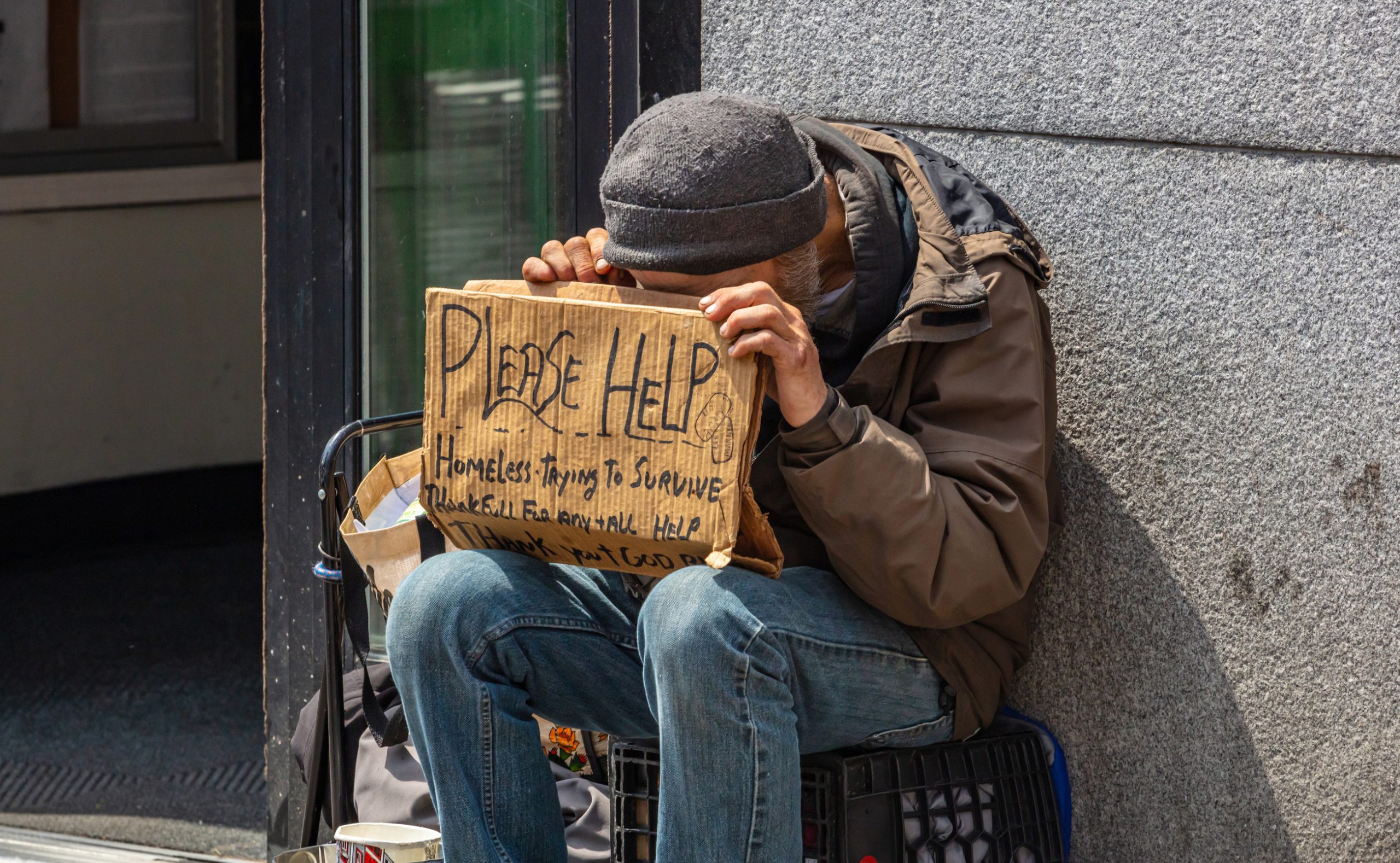
Image Source: 123rf.com
Poverty remains a persistent challenge across the United States, affecting millions of individuals and families each year. While poverty rates vary significantly from state to state, certain regions face more pressing economic difficulties than others. Understanding these disparities is crucial for addressing systemic issues and developing solutions that uplift vulnerable communities. In this article, we’ll explore the six states with the highest poverty rates and what factors contribute to their struggles.
1. Mississippi
Mississippi consistently ranks as the state with the highest poverty rate in the U.S. The lack of diversified industries and limited access to quality education perpetuate economic hardships. Rural communities are particularly affected, with limited job opportunities compounding the issue. Many residents rely on agriculture and low-wage jobs that fail to provide long-term stability. Addressing these challenges requires a focus on education, job training, and infrastructure development.
2. Louisiana
Louisiana faces significant economic challenges due to natural disasters, limited access to healthcare, and an overreliance on low-paying industries. Hurricane damage over the years has disrupted communities and contributed to high unemployment rates. Additionally, many families struggle to afford basic needs, with rural areas experiencing the most severe impacts. Investing in disaster resilience and expanding economic opportunities could provide long-term relief. Addressing poverty in Louisiana also requires tackling systemic inequalities in healthcare and education.
3. New Mexico
New Mexico’s poverty rate is driven by a combination of high unemployment and limited access to educational resources. Many rural communities face infrastructure challenges, making it difficult for residents to access jobs or vocational training. A lack of well-paying industries further contributes to widespread economic struggles. Supporting initiatives that promote education and workforce development could help break the cycle of poverty. Community-driven programs have shown promise in addressing these systemic issues.
4. West Virginia

Image Source: 123rf.com
West Virginia has long struggled with poverty due to the decline of coal mining and limited economic diversification. Many residents have been unable to transition to new industries, leading to high unemployment rates. The state also faces challenges in healthcare access, which exacerbates economic difficulties for families. Supporting renewable energy initiatives and investing in education could help create sustainable job opportunities. Long-term change will require collaborative efforts from local and state leaders.
5. Arkansas
Arkansas is another state grappling with high poverty rates, particularly in rural regions where job opportunities are scarce. Limited access to higher education and healthcare services creates additional hurdles for families trying to escape poverty. Many households rely on government assistance to meet basic needs, but systemic improvements are needed to address root causes. Expanding access to affordable childcare and job training programs could provide a pathway to economic stability. Local leaders play a critical role in implementing change.
6. Kentucky
Kentucky’s poverty issues stem from high unemployment rates and limited access to education in rural areas. The state also faces challenges with substance abuse, which can contribute to economic instability for affected families. Revitalizing struggling communities requires a focus on healthcare, education, and economic development. Programs aimed at addressing addiction and supporting workforce readiness could help reduce poverty rates over time. A multi-faceted approach is key to creating meaningful change in Kentucky.
The Six States Aren’t The Only Places
While poverty affects these six states most acutely, it’s an issue that touches every corner of the United States. Addressing the root causes of poverty requires collaborative efforts from policymakers, community organizations, and individuals. By investing in education, healthcare, and economic development, we can create a more equitable future.
Which strategies do you believe are most effective for combating poverty? Share your thoughts and ideas in the comments below!
Read More:
12 Ways Your “Poverty Mentality” Is Hurting Your Financial Future
10 Myths About Poverty That Prevent Progress

Latrice is a dedicated professional with a rich background in social work, complemented by an Associate Degree in the field. Her journey has been uniquely shaped by the rewarding experience of being a stay-at-home mom to her two children, aged 13 and 5. This role has not only been a testament to her commitment to family but has also provided her with invaluable life lessons and insights.
As a mother, Latrice has embraced the opportunity to educate her children on essential life skills, with a special focus on financial literacy, the nuances of life, and the importance of inner peace.
Leave a Reply